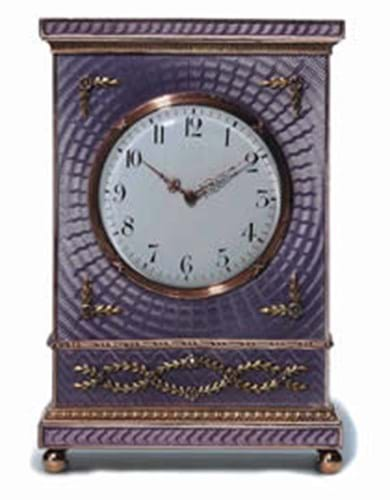
The feeding frenzy of media coverage only served to reinforce that souvenir-hunting mentality to the hilt, as the packed pre-sale views attested. Indeed, by the time of the sale, held over two days on June 13 and 14, the only question worth asking was by just how much would the actual prices crush the pre-sale estimates?
Lot one set the tone for the 784 that followed. The 1930s necklace of rubies, cultured pearls and diamonds was taken from an opening bid of £500 up to £23,000, selling to a woman in the audience relaying bids over a mobile phone. She beat off a flurry of other hands waving in the room and telephone bidders. The price was 17 times the estimate.
When François Curiel, chairman of Christie's Europe, mounted the rostrum to start the sale, he explained with gallic understatement that because of the degree of telephone interest and the audiences of prospective purchasers in three different rooms "it will go a bit slower". He wasn't wrong, it took 25 minutes for him to dispose of the first dozen lots.
For the auctioneers and the vendors, Princess Margaret's children, it was worth the wait. By the time the hammer had fallen on the last lot, the event had generated £13.6m (£11.6m hammer). This leaves Viscount Linley and Lady Sarah Chatto with change to spare after the payment of death duties reported to be £3m - and what will inevitably be an additional bill for Capital Gains Tax.
Predictably, it was the lower value and Royal ephemera destined to appeal to a broader range of souvenir hunters that made the biggest mincemeat of their estimates. Up in the more rarified altitudes, when it came to selling the potential star turns, prices at least bore some semblance of a relationship to Christie's predictions.
The Fabergé mauve enamel mantel clock given to the Princess by her grandmother, Queen Mary, that was billed as the star of the sale did indeed prove the most expensive lot, topping the bill at £1.1m against predictions of £600,000-800,000.
By Anne Crane




